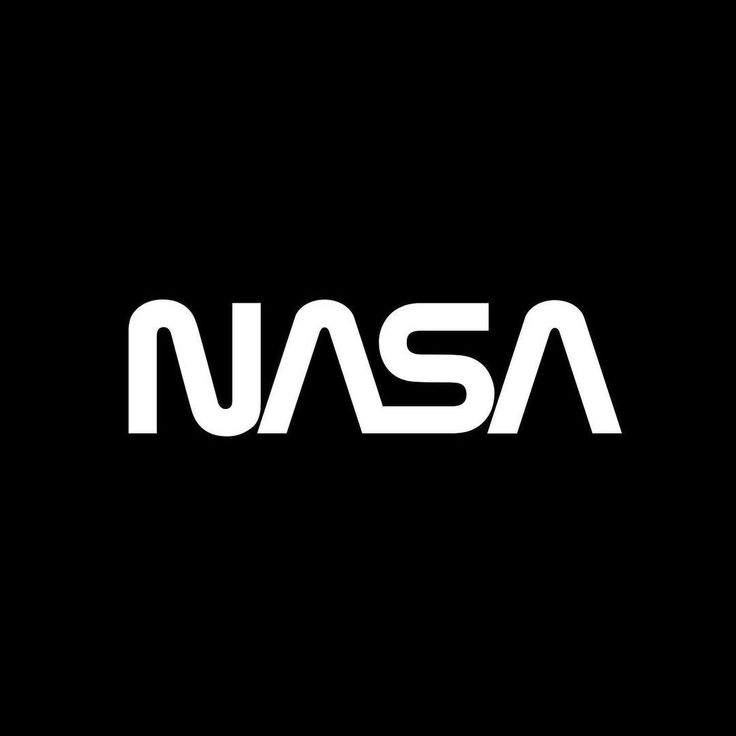Robotics, a field that amalgamates disciplines such as mechanics, electronics, and computer programming, has revolutionized the landscape of modern technology. In this article, we will explore various aspects of robotics, from the history of its development to current applications, and its impact on society and industries.

I. History of Robotics Development:
Robotics did not emerge overnight. Its history involves brilliant minds like Leonardo da Vinci, who conceptualized automated machines in the 15th century. However, true development began in the 20th century with the creation of the first robot, “Unimate,” by George Devol in 1954. Since then, technological advancements have skyrocketed, paving the way for the modern era of robotics.
II. Key Components of Robotics:
a. Mechanics: Mechanics forms the backbone of every robot. From simple designs to complex humanoid robots, the science of mechanics plays a crucial role in ensuring robots can move and operate according to their intended purpose.
b. Electronics: The electronic systems in robots control all aspects of their functionality. Sensors and actuators work together to provide robots with the ability to interact with their environment.
c. Programming: Programming is the brain of every robot. From simple code for firefighting robots to complex algorithms for space exploration robots, programming enables robots to execute their tasks efficiently.
III. Classification of Robots:
a. Industrial Robots: Industrial robots play a vital role in production and manufacturing. With high precision, they can perform repetitive tasks tirelessly and with high efficiency.
b. Service Robots: Service robots, such as personal assistant robots or automated house cleaners, are increasingly integrating into everyday life, enhancing human convenience.
c. Medical Robots: In the medical world, robots have revolutionized surgical procedures and treatments, providing exceptional precision and reducing risks.
d. Military Robots: Military robots are used for hazardous tasks such as mine clearance or reconnaissance in conflict zones. The development of this technology remains controversial in some circles.
IV. Challenges and Recent Developments:
a. Artificial Intelligence (AI): The integration of artificial intelligence is enhancing robots’ abilities to learn and adapt to their environment.
b. Ethics and Law: Ethical questions surrounding the use of robots in daily life, as well as concerns about safety and privacy, pose challenges to the development of this technology.
c. Quantum Robotics: Quantum robotics is a recent trend with the potential to overcome classical computing limitations, improving data processing speed and efficiency.
V. Impact on Society and Industries:
a. Increased Productivity: In the industrial sector, the use of robots enhances productivity, allowing humans to focus on creative and complex tasks.
b. Creation of New Jobs: Despite concerns about job displacement, the robotics industry also creates new opportunities in design, programming, and robot maintenance.
c. Improved Quality of Life: Service robots support humans in various aspects of life, from healthcare to household chores, enhancing overall quality of life.
VI. Future of Robotics:
The future of robotics is full of potential. With technological developments like quantum robotics, the marriage of AI and robotics will open doors to new innovations that can transform the world.
Robotics is not just about machines and technology; it’s about how we, as a society, harness its potential to the fullest. With ethical considerations and sustainable innovation, we can guide the development of robotics towards a bright future where robots and humans can work together to achieve better outcomes.








